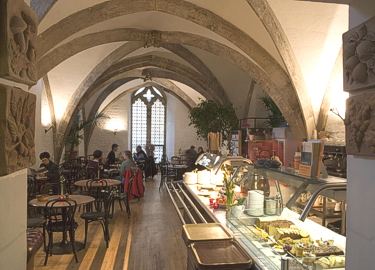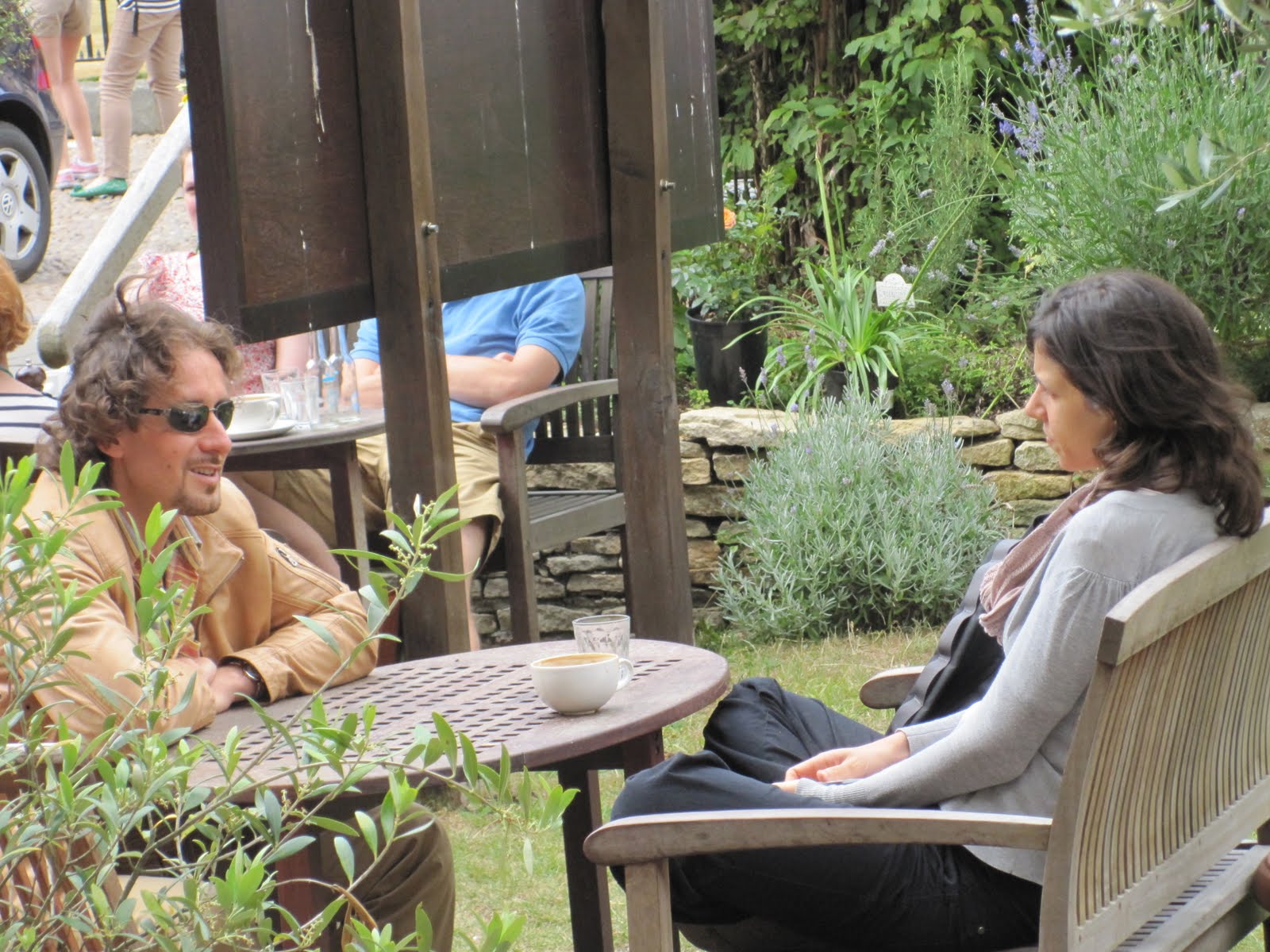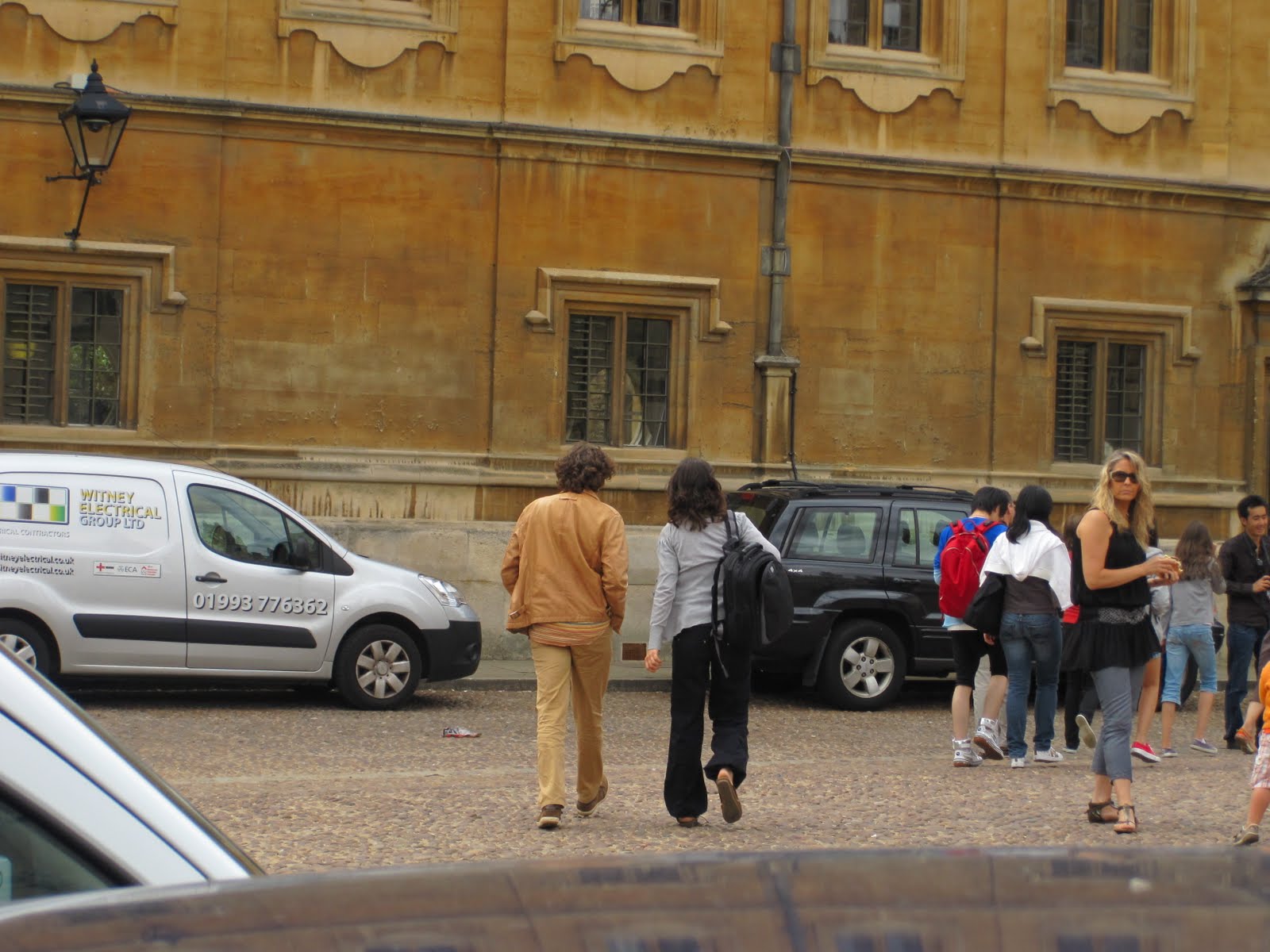https://geolatinas.org/uouog0evh
https://getdarker.com/editorial/articles/cca78ddls I sat in the dark, staring up at the aging, Jewish researcher sporting his yarmulke and hunkering over the lectern on stage. He had the rapt attention of 3,500 marriage and family therapists as he intertwined his lifetime of research, vulnerable and human stories of his own marriage, and a joke here or there. John Gottman was on a roll.
source site I had heard most of his speech before, but noticed that his personal examples were getting more poignant. He had peeled back a few layers of caution; a nice trait you rarely see in addresses to such large audiences. I was about to lean over to my colleague, Suzanne, for the twentieth time (we had been whispering back and forth, making those “aww” noises when he would say something heartfelt…you know, the classic therapist speaker-interaction behavior), when Gottman’s words stopped me. He was saying, “You know…getting into one of those really crazy intense conflicts with a partner is like checking into a roach motel.”
source  I forgot what I was going to whisper to Suzanne and began to search frantically for my Blackberry instead. Digging around in my purse proved rather noisy and I received three “shame-on-you” glares by the time I found the thing. I didn’t care. The Memo Pad on my phone needed a notation. I pulled up my “Relationship” file and typed in: “Negative conflictual escalation like a roach motel…check in, but can’t check out…runnin, dark, worst selves”
I forgot what I was going to whisper to Suzanne and began to search frantically for my Blackberry instead. Digging around in my purse proved rather noisy and I received three “shame-on-you” glares by the time I found the thing. I didn’t care. The Memo Pad on my phone needed a notation. I pulled up my “Relationship” file and typed in: “Negative conflictual escalation like a roach motel…check in, but can’t check out…runnin, dark, worst selves”
go The fact that I correctly typed all words but “running” in the dark on that tiny keypad pleasantly surprised me. I hit “save” and turned my attention back to the spotlighted man on stage. He was already into something else cool and I had missed half of the lead-in. I decided not to ask Suzanne to catch me up lest I receive more glares from those around me.
https://penielenv.com/y8wq9g674f I made six more notes before the speech ended, but my mind kept jumping back to the Roach Motel metaphor. It was true. Roaches follow the bait into a place they really shouldn’t go. They can’t get out and really have no idea how they got there in the first place. They enter quickly, into a dark and sticky place and become immobilized. Stuck there with the others who did the same thing. Not a pretty sight.
https://www.elevators.com/fqqlop4g7 Couples do this. People do this. Someone drops the “bait,” another begins to follow the trail and before they know it they’re both stuck in dark and sticky fight they can’t leave. Once those involved engage in a negative and escalating sequence, the fight usually builds until it explodes…or until it dies down and simmers for a very long time. Neither of these potential endings are desirable.
https://dcinematools.com/5ruc9hpf Gottman went on to say that at any given time, based upon everything else going on in a person’s life, the probability that one person in a relationship can be “emotionally available” or “attuned” to their partner is 50%. Put that with another person who is also attuned at a 50% probability level, multiply them together and the result becomes this: At any given time a couple is together, they might BOTH be emotionally aware or available to their partner 25% of the time. The other 75% of the time could potentially end up in a dark, sticky place with both trying desperately to get out of what they just entered.
follow url I’ve been there. Have you? In the middle of a conflict with someone you love and you just can’t get out? So where’s the “Emergency Exit?” Gottman called these times “Sliding Door Moments.” He coined the phrase from a Gwenyth Paltrow movie that Suzanne said ‘wasn’t really that good, but must have had redeeming values to provide this metaphor.’ (Yes, she whispered that to me during the speech.) Sliding Door moments basically boil down to a split-second of time where you reach out, slide away the glass and open up yourself to the other person in the fight.
https://paradiseperformingartscenter.com/ug41rblm Gottman described one of these moments wherein he noticed his wife was sad. He began brushing her hair and asked, “What’s the matter, baby?” She disclosed to him that her mother had been diagnosed with Alzheimer’s and she couldn’t grasp the fact that she was going to die in such a difficult manner. He said that the moment before he “attuned” to her sad face, he wanted his own needs met. He chose, instead, to ask her about the look on her face. He wasn’t in a conflict with her at the time, but they were definitely in that 25% time where neither were really regarding the other. An escalation could have easily happened.
https://www.marineetstamp.com/xgxummqdy45 So how do you find a Sliding Door moment in the middle of a Roach Motel fight? Look at their face. Your partner is hurting, they’re sad, they’re angry, they’re alone…they need something. You stop, slide the door open, and think about what they’re really trying to say to you. You might not necessarily have to pick up the hairbrush and begin stroking their hair, but you CAN connect with them and ask, “What’s really the matter, baby?” Some people call it a time out. Some people call this slowing things down. I call it realizing your partner is a human being with feelings and thoughts.
https://www.mreavoice.org/9h205m87td Chances are, they’ll look into your eyes and see the exit. Isn’t it nice how Emergency Exit signs illuminate a dark place?












